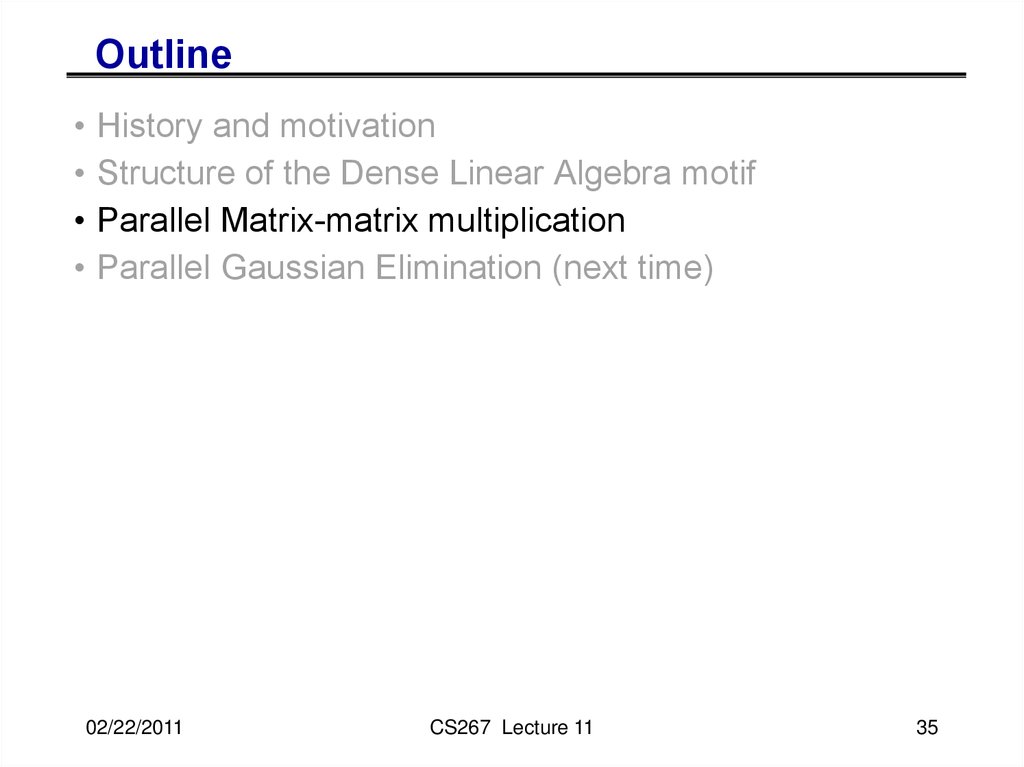

No matter how large the second resistor is, the total current flowing from the power supply will be at least slightly higher than the current through the single resistor. If you add another resistor in parallel with the first one, you have essentially opened up a new channel through which more current can flow. Activation after trial Click on the Parallels Toolbox icon in the menu bar.

Popular ones include: Download videos from Facebook, YouTube.
Parallels toolbox 4.5 activation key#
Enter your activation key for Parallels Toolbox, or a key for Parallels Desktop copy that includes Parallels Toolbox, and click Activate. Parallels Toolbox 4.5 includes over 45 time-saving tools for macOS including tasks you probably have dedicated utility apps to use. With just one click, you can: Save Space on your Hard Drive Create. Click on I Have a Key to enter your license. Parallels Toolbox is our all-in-one solution with over 30 tools for macOS and Windows. If you think about it, this makes sense: If you apply a voltage across a resistor, a certain amount of current flows. Click on the Parallels Toolbox icon in the menu bar. Resistors in parallel, on the other hand, result in an equivalent resistance that is always lower than every individual resistor. Resistors in series are equivalent to one resistor whose resistance is the sum of each individual resistor. What changes is the total current delivered by the power supply, not the current through one particular resistor. Keep in mind that the current through an individual resistor does not change when you add resistors in parallel, because adding resistors in parallel does not affect the voltage across the resistors' terminals. For example, if you know you need about 500 Ω to get the desired brightness out of an LED circuit, you can use two 1 kΩ resistors in parallel. This is handy when you need a specific resistance value and don't have an appropriate part readily available. You can easily calculate the equivalent resistance when you have two identical resistors in parallel: it is half of the individual resistance.

If you have more than 6 resistors, simply use the calculator to determine the equivalent resistance of the first 6 resistors, and then plug that value in for R1 and add values for R7, R8. To use it, just specify how many parallel resistors there are and the resistance value for each one. This tool was designed to help you quickly calculate equivalent resistance of up to 6 resistors connected in parallel.
Parallels toolbox 4.5 how to#
How to Calculate the Total Resistance of Resistors in ParallelĬalculating the equivalent resistance (R EQ) of resistors in parallel by hand can be tiresome.


 0 kommentar(er)
0 kommentar(er)
